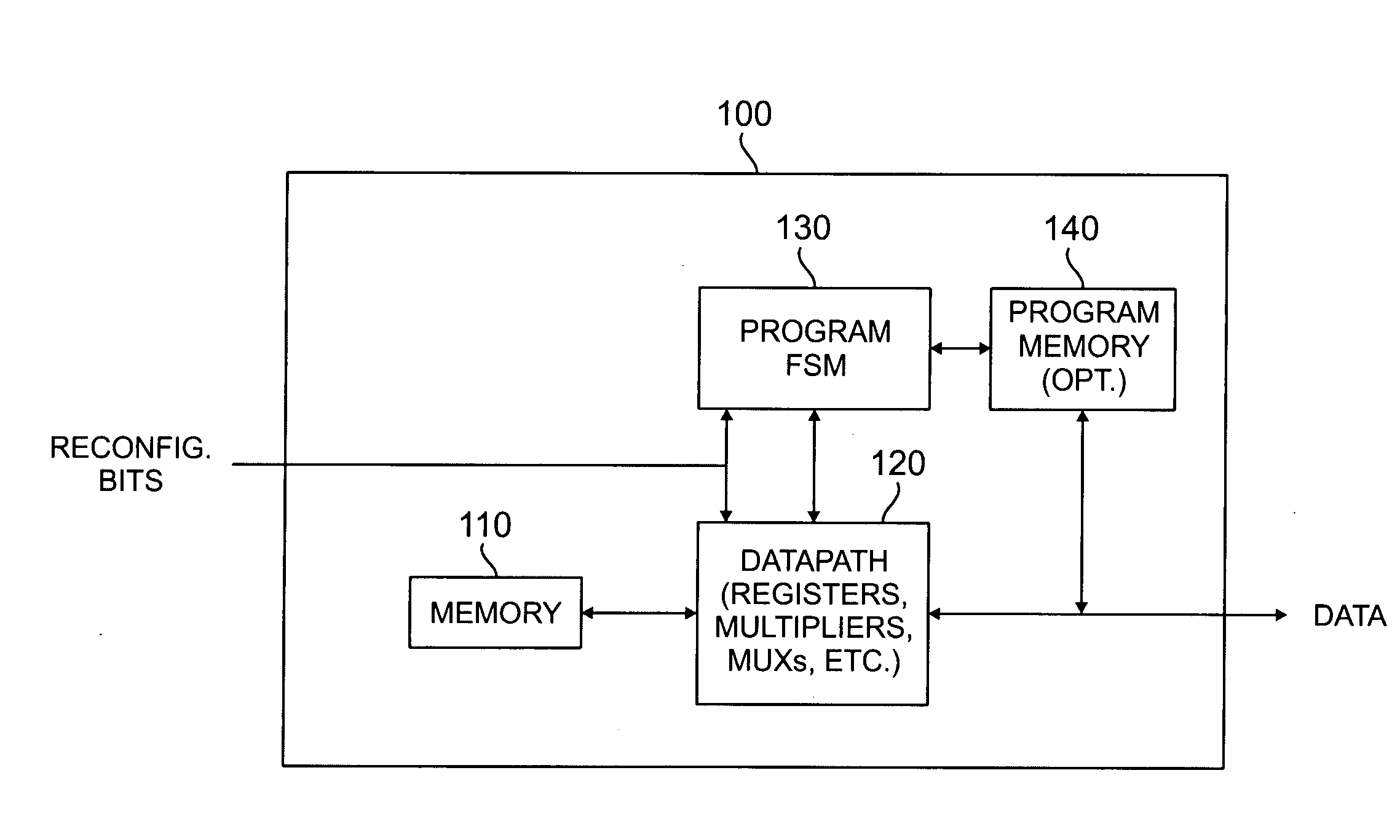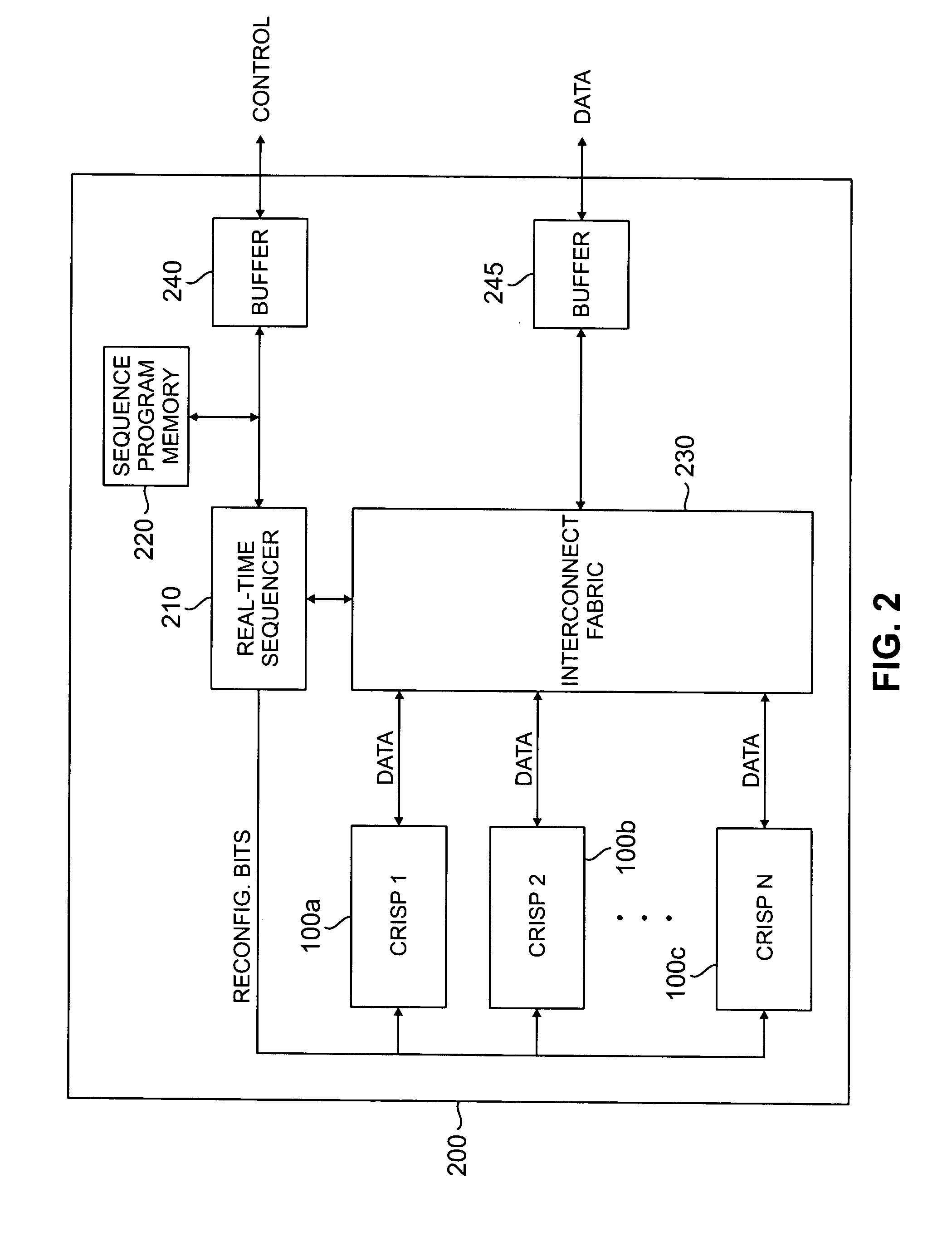Unified stopping criteria for binary and duobinary turbo decoding in a software-defined radio system
a software-defined radio and turbo decoding technology, applied in the field of decoding algorithms, can solve the problem of not having a literature available on unified stopping criteria for reconfigurable wireless communication devices
- Summary
- Abstract
- Description
- Claims
- Application Information
AI Technical Summary
Benefits of technology
Problems solved by technology
Method used
Image
Examples
Embodiment Construction
[0024]FIGS. 1 through 9, discussed below, and the various embodiments used to describe the principles of the present disclosure in this patent document are by way of illustration only and should not be construed in any way to limit the scope of the disclosure. Those skilled in the art will understand that the principles of the present disclosure may be implemented in any suitably arranged processing system.
[0025]In the descriptions that follow, the reconfigurable maximum a posteriori probability (MAP) decoder disclosed herein is implemented as part of a turbo decoder that provides a high degree of parallelism to support high data rate standards and that has reduce intermediate result memory requirements. The exemplary turbo decoder was disclosed in U.S. patent application Ser. No. 11 / 225,479, incorporated by reference above. However, it will be understood that the embodiment of the reconfigurable maximum a posteriori probability (MAP) decoder in a turbo decoder is by way of illustra...
PUM
 Login to view more
Login to view more Abstract
Description
Claims
Application Information
 Login to view more
Login to view more - R&D Engineer
- R&D Manager
- IP Professional
- Industry Leading Data Capabilities
- Powerful AI technology
- Patent DNA Extraction
Browse by: Latest US Patents, China's latest patents, Technical Efficacy Thesaurus, Application Domain, Technology Topic.
© 2024 PatSnap. All rights reserved.Legal|Privacy policy|Modern Slavery Act Transparency Statement|Sitemap



